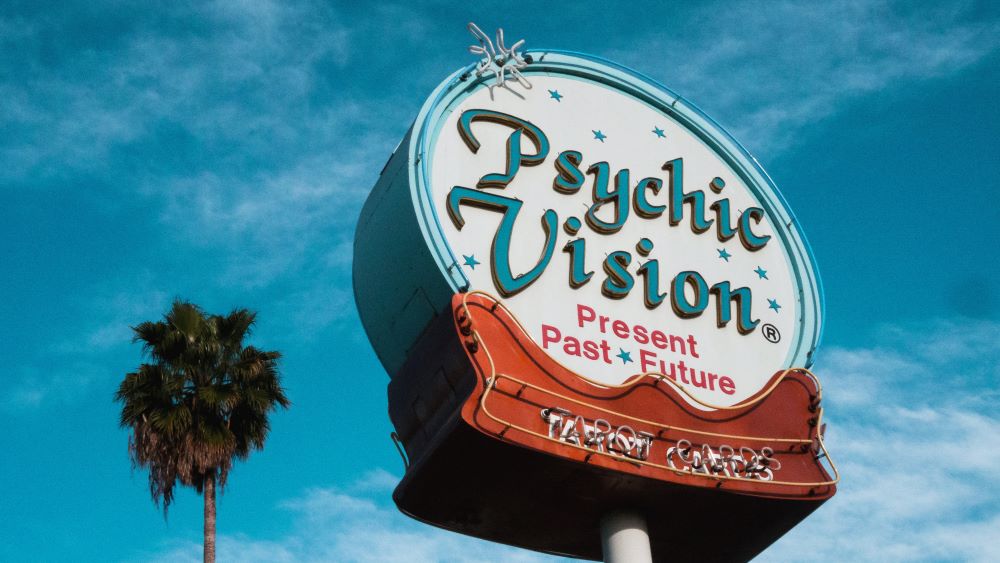There are legendary investors in markets who share their wisdom with us from time to time. Howard Marks is one of them, co-founder of Oaktree Capital Management and author of the book “Mastering the Market Cycle: Getting the Odds on Your Side ‘.
He writes memos to his clients which are widely followed and circulated. They contain timeless wisdom and a framework on how to look at investments, markets, and life in general.
On the 10th of July, he wrote a fascinating and compelling memo titled “Taking the temperature”. I will attempt to give you a synopsis of what the memo’s message is.

Howard Marks has made five huge predictions or calls as they are called in the financial markets. All of them proved to be right. That’s the reason legends like these are worshipped and revered by investors all over the world. Unlike our “experts” dotting the financial news channels, these calls were made over a period of 50 years.
He says that the key to making these calls is “taking the temperature” of the market. He believes that every few years market which is made of investor’s sentiments and psychology takes an extreme view. Investors become too optimistic when they believe that no price is too high to pay for an asset and prices will rise forever which he calls Pollyannish or takes a very pessimistic view when they become apocalyptic or depressed when they feel things can only get worse.
At such a time it pays to be a contrarian view of the markets. After this optimistic/pessimistic view plays out market typically takes the opposing view and as an investor, you can make easy money.
Mind you, in normal times the collective wisdom of the market and asset prices are almost invariably right and it doesn’t help to go against the consensus view of the markets.
From the five calls he made Howard Marks made two bearish meaning a prediction that the market is overvalued and will fall in the future and three bullish calls meaning the market is too pessimistic and will rise in the future.
He or anyone else can never predict exactly when it would happen but it happened as he predicted every time and made his investors a ton of money.
He made the first bearish call during the 2000 dot com boom. Investors were paying crazy sums of money to companies that had no profits and sometimes no revenue. The euphoria had reached insane levels & he called that it was time to sell.
Between 2004-2007, although Oaktree was not exposed to subprime mortgages, Marks and his partner felt that deals were being struck which were high risk with low returns and called for the market fall. And the 2008 global financial crisis did follow.
Mark made three bullish calls or in other words, predictions that markets will rise in the future. The first one was in Sep 2008 post the global financial crises and the fall of Lehman Brothers. He believed the markets and investors had taken an extremely gloomy view of the world and prices had fallen a lot. If investors had the courage to buy good assets at bargain prices they could win a lottery.
Marks wrote that if Oaktree’s fund managers invested and the financial world melted down, it wouldn’t actually matter what they had done. But if they didn’t invest and it didn’t melt down, Oaktree wouldn’t have done its job. So they bought into the falling market every month through to the end of the year.
In 2012, markets had not had a great performance which led to indifference and disinterest among investors. He felt that markets had become cheap and were too negative and thereby announced a bullish call.
Finally in March 2020, with the pandemic underway markets had crashed. US markets fell by about one-third. The investor psychology was that it was the end of the world, He thought that the more people sold, the investors will have surplus cash and fewer stocks to sell. The pandemic may lead to many unfortunate deaths but eventually, the world will conquer it. So he called to buy the market and ended up buying stocks.
All of these have been right calls but in his own words going against the herd is very very hard. To be a nonconformist requires a very unemotional mind and a strong will.
He says “Understand that cycles stem from excesses and corrections. I define cycles not as a series of up and down movements, each of which regularly precedes the next, but rather as a series of events, each of which causes the next. I think economies, investor psychology, and markets eventually become too positive or too negative, and afterward they eventually swing back towards moderation (and then usually towards excess in the opposite direction). Thus, a strong movement in one direction is more likely to be followed by a correction in the opposite direction than by a trend that “grows to the sky”
Bear in mind that he made his first prediction after he was already thirty years in the markets and battle-scarred. It takes a lot of judgment and years of experience and skill to spot patterns in the market.
He says superior investment returns do not come from studying economic data or financial analysis (although I think that is something he would be in any case doing so every day of his career) but from taking a contrary call when you see investor psychology go to an extreme.
Take note of the emotional investor swings and exploit them to your advantage when an opportunity presents itself. There is no telling when the opportunity will arrive. It may take years and you have to grind through that.
Although in normal times assets are always mildly underpriced or overpriced and you should build your portfolio based on your own risk appetite.
Making contrarian calls requires fortitude, humility, and skill in calling out sustained illogical behavior.
A fun read, if you want to read the full text, click here.


No Comment